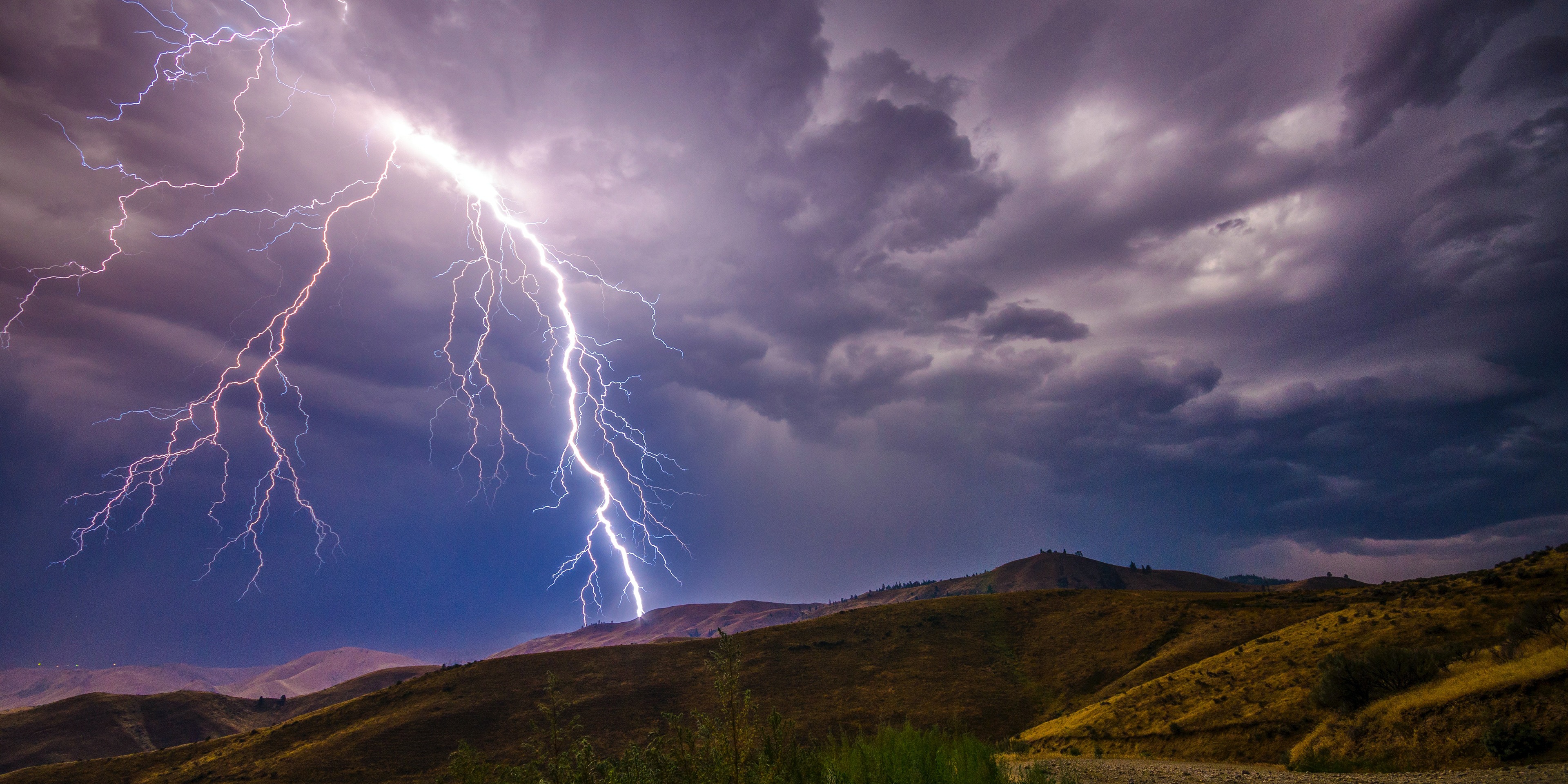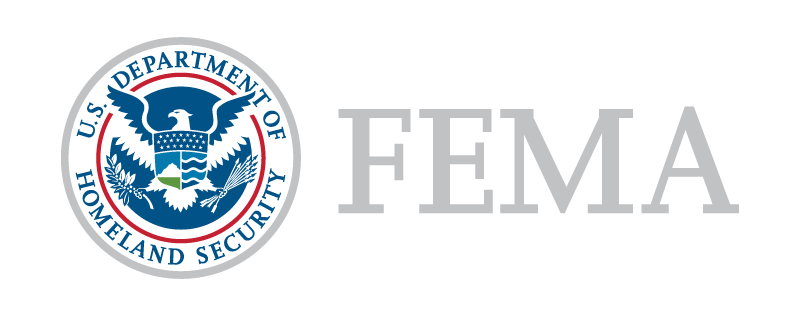Annualized Frequency
Annualized frequency is defined as the expected frequency or probability of a hazard occurrence per year. It is a natural hazard incidence factor for Expected Annual Loss, the natural hazards component of the National Risk Index. A higher annualized frequency value results in higher Expected Annual Loss and Risk Index scores.
Annualized frequency is derived from either the number of recorded hazard occurrences each year over a given period or the modeled probability of a hazard occurrence each year.
Source Data
Annualized frequency data come from multiple sources and depend on the hazard type. Data sources were identified through public knowledge, guidance by subject matter experts, and research. Providers of frequency data include federal and state government agencies, intergovernmental organizations, academic institutions, and research organizations.
Please visit each natural hazard’s page to learn more about the annualized frequency source data for specific hazard types.
Annualized Frequency Methodology
Annualized frequency can be calculated as the number of historical occurrences of a natural hazard within a known period of record per geographic area using the following equation:
Annualized Frequency = Number of Recorded Events or Event-Days / Period of Record
Hazards cause losses over different durations. Lightning losses may take minutes, hurricane losses may take hours, while drought losses may take months. For hazards with shorter durations, event counts are the basis for representing annualized frequency (i.e., number of events/year). For longer duration hazards, event-days are the basis for estimating annualized frequency (e.g., number of event-days/year). This distinction in characterizing the frequency basis was important to ensure alignment with the calculation of the historic loss ratio.
The standard equation introduced above is one approach used in the National Risk Index for calculating annualized frequency for some hazard types. It is particularly applicable to hazard types that occur in large geographic areas, and those with a statistically significant number of historical occurrences. However, as geographic boundaries are partitioned into smaller areas (i.e., Census tracts, Census blocks), those that have no recorded hazard occurrences would receive an annualized frequency of zero. Because the Expected Annual Loss and Risk Index equations are multiplicative, any individual risk factor of zero results in an overall Expected Annual Loss and Risk Index score of zero.
To address this issue, the National Risk Index applied three approaches to estimate annualized frequency:
- Hazard Event Counting Using a Fishnet Grid: This approach involved creating a 49-by-49 km fishnet grid covering the United States and counting the number of hazard occurrences (events or event-days) within each cell. Communities within the cell inherit the hazard occurrence count, and annualized frequency is then calculated according to the standard equation. Hazards using this approach include Hail, Hurricane, Ice Storm, Strong Wind, and Tornado.
- Minimum Annual Frequency: A minimum annual frequency is assigned to areas that have not experienced a hazard occurrence recorded by the source data during the period of record but are determined to be at some risk due to their location. Appropriate minimum annual frequency values were identified by experts for specific hazard types. The estimated values were typically small given the fact that no hazard occurrences had been recorded over the period of record. Minimum values were typically defined in the format of “once in the period of record,” or similar. Hazards using this approach include Avalanche, Hurricane, Ice Storm, Landslide, Riverine Flooding, Tornado, and Tsunami.
- Hazard Event Shape Buffering: For hazard types with widespread and/or unpredictable locations, hazard occurrence locations or paths were buffered by expert-determined distances to create more representative areas of where the hazard could occur. Hazards using this approach include Hail, Hurricane, Strong Wind, Tornado, Tsunami, and Volcanic Activity.
Some hazard types did not require any of these solutions due to the nature of the source data or the widespread prevalence of the hazard. For example, the spatial data for Cold Wave, Heat Wave, and Winter Weather occurrences cover areas the size and shape of National Weather Service Forecast Zones and counties. These hazards can occur across the entire United States, so it is not necessary to spread their area of influence any further.
For most hazard types, annualized frequency was first calculated at the Census block level. Then values were aggregated to their parent Census tract and county levels. For a few hazard types, annualized frequency was first calculated at the Census tract level before aggregating to the county level. Avalanche and Riverine Flooding are the only hazards where annualized frequency was first calculated at the county level, after which Census tracts and Census blocks inherited the value of their parent county.
For comprehensive details about annualized frequency in the Risk Index, see the National Risk Index Technical Documentation.


